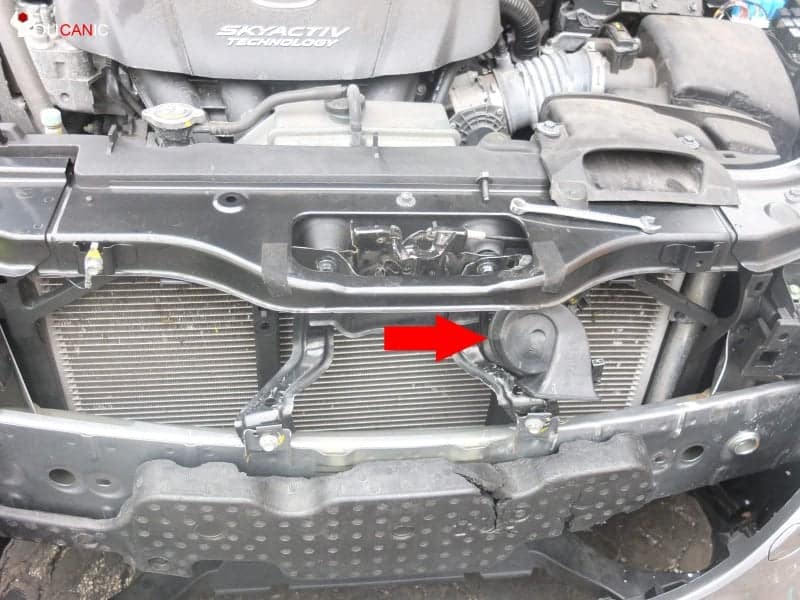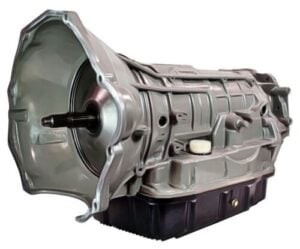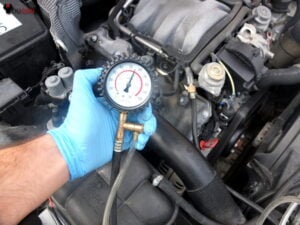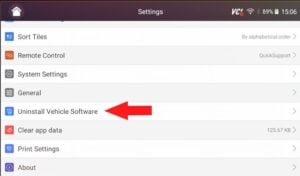Car Horn Is Not Working | Causes & Troubleshooting
If your car horn is not working, it could indicate a number of problems with your car, like a broken clockspring or faulty fuse. Take a few minutes to go over these common problems and what you can do to fix them yourself.
Common Causes
Oftentimes, your horn stops working because the horn itself is faulty or the clockspring is broken. When the clockspring is failing, other warning lights, like the SRS warning light will turn on in your dashboard. Other less common causes include a blown fuse, faulty relay, and damaged wires.
Troubleshooting

Fixing a horn that does not work is relatively easy, and there are tests you can perform yourself. To fix your horn, you will need a few basic tools, such as a digital multimeter.
A retractable test lead can come in handy to test the horn.
Troubleshooting
Before panicking and taking your car to a mechanic, try these easy troubleshooting procedures to fix the problem yourself.
Test the Horn
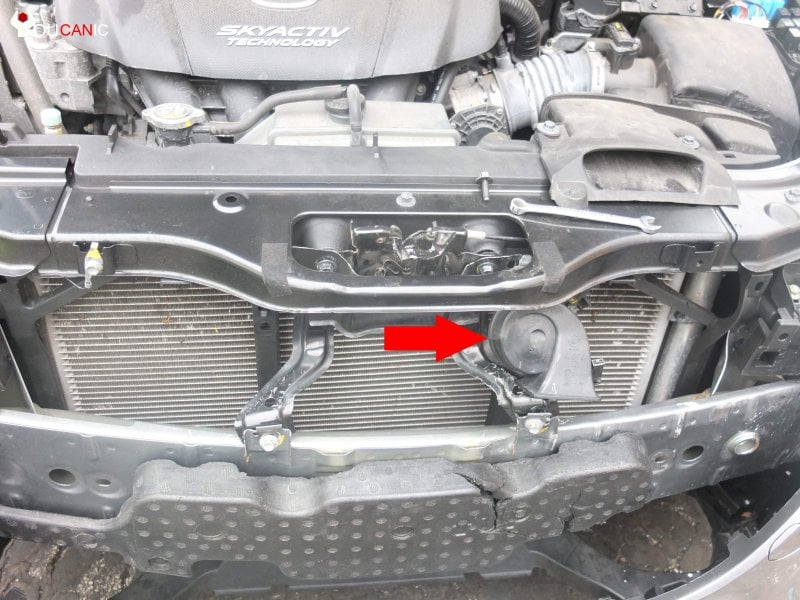
First, you need to test your horn. Locate the horn, which is mounted near the radiator. The horn is usually between the radiator and the front grill. To have better access to the horn, remove the grill. Some models require removing the front bumper to access the horn.
Once you have removed the grill and found the horn, unplug the electrical wire(s) that go to it. Depending on your vehicle model, you may have one or two wires connected to the horn.
If your horn has two wires, one will be brown or black. This is the ground wire. You can connect the horn’s negative terminal directly to the car’s body or the battery’s negative terminal. This will serve as the negative feed.
Next, use a +12 volt feed line from the battery’s positive terminal to the horn. When you touch the horn terminal, you should hear the horn beep.
- Horn does beep
- The horn itself is good. Proceed to the next step to troubleshoot why it isn’t getting power.
- The horn does not work.
- If the horn does not make a sound, it is defective and should be replaced. If the fault is on the horn itself, you may be able to dismantle it and find out what is wrong. Cleaning the contact breaker might work. If all else fails, replacement car horns are inexpensive, costing around $20. A 12-volt car horn will do the job even if you have a newer car.
Watch a video on how to install a new horn if yours doesn’t work.
Check Voltage at Horn
Next, we will check for power at the wires that plug into the horn.
- Set your multimeter to measure DC.
- If only one wire goes to the horn.
- Connect the black lead wire to the vehicle’s body and the red to the wire you disconnect from the horn.
- If two wires go to the horn.
- Connect the black lead to the brown or black wire. Connect the
- Connect the red lead to the red/power horn wire.
- Turn the ignition to ON and have your friend press on the horn.
- Read the multimeter. You should get 11 to 14 volts when the horn is pressed.
If you don’t get any power, check the horn wire harness. Often, you will see that the plug itself is corroded.
Bad Clock Spring
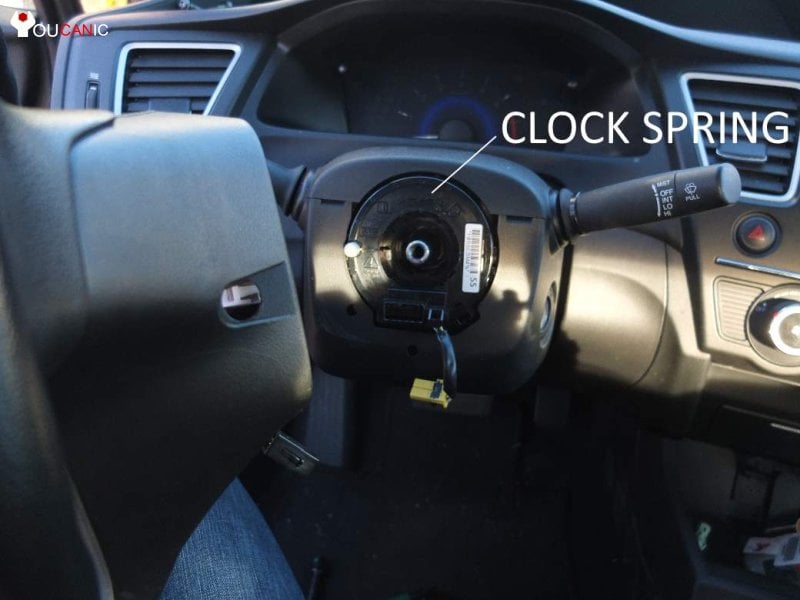
The clock spring is quite often the problem. What is a clock spring, you may ask? A clock spring is a device installed right behind your steering wheel. It allows the airbag and horn wires to stay connected when you rotate the steering wheel. If your horn is not working, and the airbag warning light is on in your vehicle’s dashboard, that is usually a good sign that your clockspring needs to be replaced.
You must remove the steering wheel to replace or test the clock spring. Clock springs are inexpensive and can be easily purchased online for any make and model.
Check Fuses
A bad fuse is one of the most common problems that can cause your horn to stop working. Check the horn fuse to make sure it’s not blown. The fuse box will be either on the side of the dash on the driver’s side or in the engine bay.
If you have difficulty locating the fuse box for your particular car model, look it up in your owner’s manual. Look at the fuse chart on the back of the fuse cover or the owner’s manual. You should see a fuse that says HORN. Pull the fuse and inspect the wire. If the fuse is blown, replace it with a new one with the same rating.
Check Horn Relay
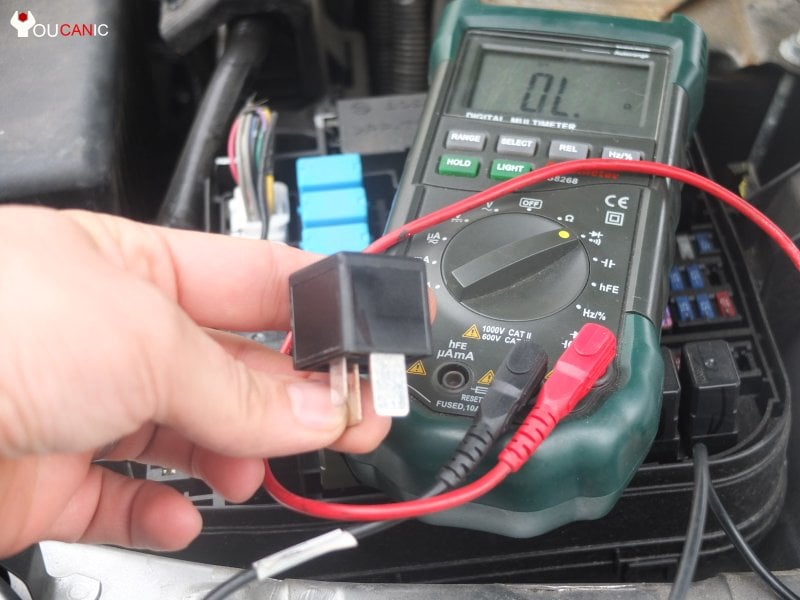
Use a multimeter to test the horn relay. If you aren’t comfortable testing a relay, try this old trick: Find another relay on the fuse box identical to the horn relay, like the fog light, and switch the two relays.
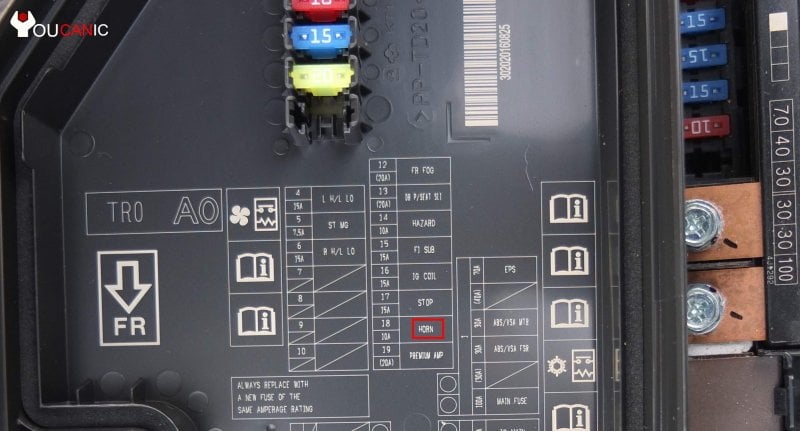
Locate the horn relay. It is in the main fuse box in the engine compartment.
- If your horn works but the fog lights don’t, the relay is defective. Replace it.
- If the fog lights work, the horn relay (now installed for the fog lights) is good.
Check Wire Harness
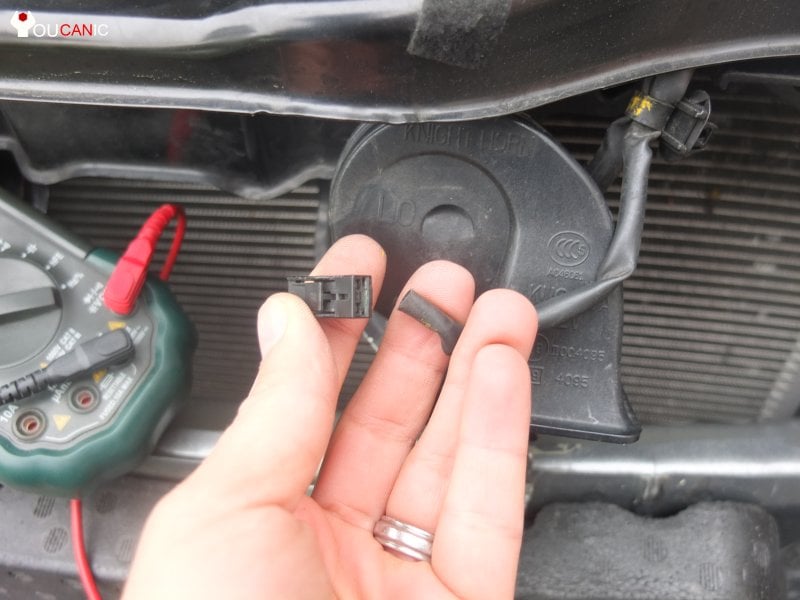
If the horn works but does not get power, the wires or connectors might be defective. Check the wires for signs of corrosion or damage, and check connectors for looseness. This wire might need to be replaced.
Check Ground
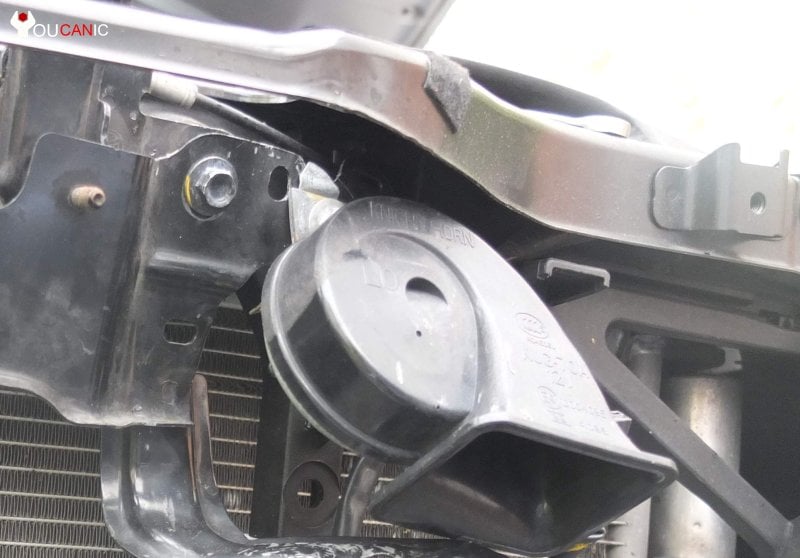
Many horns use a mounting bracket to connect to the vehicle’s ground. This bracket returns current to the battery or serves as a negative terminal. It is common for the bracket to stop working because there is no ground or it is corroded.
Check the ground connection where the horn mounts to the frame. Often, corrosion will be seen here. Remove the horn and clean the corrosion. This is important because horns that use only one feed line will use the mounting bracket as the ground connection. If there is corrosion at this point, this may be why your horn doesn’t work.
FAQs
My horn works, but it is quiet. Why is that?
If your horn sounds quiet, unusual, or makes a clicking noise, the issue is usually the horn itself. In such cases, replacing the horn will fix the problem.
My horn does not work, and the airbag light is on. Why?
This problem points to a defective clock spring. When the clock spring breaks, your airbag / SRS light will turn on in your instrument cluster. If you scan the airbag’s fault codes, you may find an error code that points to the driver’s airbag.
Why is it important to fix your horn?
If your horn fails, you are left without an audible warning system. Therefore, you will be unable to alert other drivers or people on the road, increasing the likelihood of an accident.
Is it illegal to drive without a horn?
While the National Highway Traffic Safety Administration (NHTSA) does not require a non-commercial vehicle to have a functional horn, individual states may require it. Check with your state MVA/DMV to verify if disconnecting the car horn is against the law. When you get your car state inspected, one of the things that is typically checked is the operation of the horn. If the horn doesn’t work, you will fail state inspections.
How can I disconnect the horn on my car?
Locate the fuse for the horn in the fuse box to disconnect the horn. Remove the fuse. The car will still operate normally without a horn. You can also remove the horn relay. You can disconnect the wires from the horn as well. Any of these methods will disconnect your horn and render it inoperable.
My horn won’t stop honking.
You may need to replace the horn relay to fix a horn that won’t stop honking. If that doesn’t work, then the horn button/switch, part of the airbag, is most likely stuck and making continuous contact.
Remove the airbag and inspect it. The last possible cause is a damaged wire harness, which could happen if your car is in an accident.
For more thorough troubleshooting, use an OBD-II scanner, like the YOUCANIC Full System Scanner, to find and clear diagnostic trouble codes. We hope you find the Car Horn Is Not Working | Causes | Troubleshooting guide helpful. Check these troubleshooting and repair guides for more help on your vehicle.

